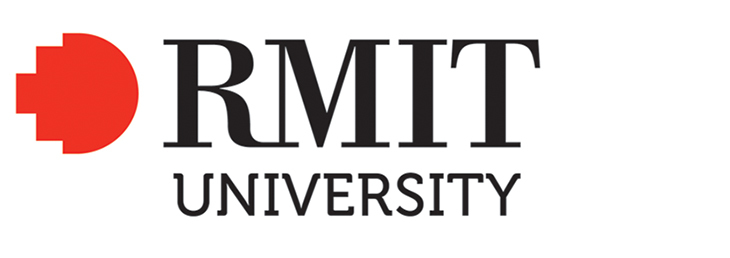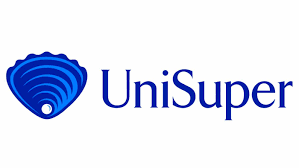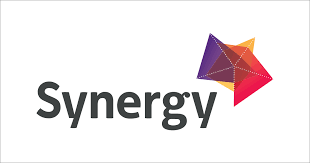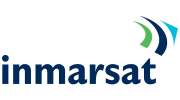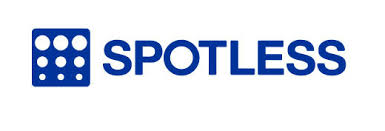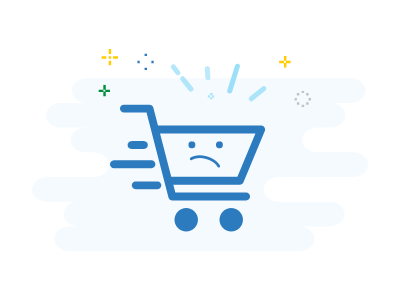Lean Six Sigma in Services
Why apply Lean Six Sigma in Services?
The services sector includes organisations such as retail, finance, hospitality, transport, logistics, healthcare and social services. They generally deliver services to customers at their request which may also involve the production, movement or consumption of physical materials. Unlike manufacturing of physical products, from which Lean Six Sigma originated, a service is intangible, cannot be stored as inventory, is delivered and consumed by the customer simultaneously and is variable in nature depending on the customer and changing conditions. For example, in a restaurant, customers order different meals, which are cooked to order and delivered at the table for immediate consumption. Preparing the meal is a physical process that is subordinated to the primary goal of giving the customer an enjoyable experience in terms of delicious food, friendly service and comfortable ambience.
Lean Six Sigma in service organisations has been just as effective as in manufacturing and with more rapid results. The problems in service processes have different root causes which can be uncovered with the same LSS tools. Quite often, the key issue is the process itself, rather than an element within it. Service processes are centred on people (staff and customers) and how they interact with each other, the process, technology, materials and environment. There is a lot of hidden waste in service processes, estimated at 30-80% of costs, hence providing many improvement opportunities to achieve less cost, faster service, greater employee engagement and higher and customer satisfaction.
Customers expect and value a fast and accurate response to their requests, be they related to queries, quotations, orders, complaints or payments. In a culture of instant gratification in most developed societies, the always-connected, tech-savvy customers expect ever faster service delivery. LSS can reduce the wait time in resolving customer issues and to do it right on the first pass most of the time.
Lean Six Sigma (LSS) is a business improvement methodology that is centred on the customer and driven by data-based decision making. Data gathering and analytical tools are applied systematically to diagnose problems and redesign internal processes to serve customers faster, more reliably and more economically.
The overall benefits to a service organisation are:
- Greater profits (business)
- Greater volume of services delivered (social not-for-profit organisation)
- Increased customer satisfaction / shorter response time
- Lower costs / higher efficiency
- Higher productivity
- Better organised and safer work environment
- Higher employee satisfaction / lower turnover
What are the key principles of Lean Six Sigma?
In Lean Six Sigma the customer is the determinant of value. Any proposed change in process or product is evaluated in terms of value to the customer. In a service organisation, the end user is the external customer. The recipients of the outputs of each operational step in the service delivery value chain are the internal customers.
In the services sector, the key principles of LSS may be explained as follows:
- Focus on your customer: Define and deliver according to the needs and wants of the external end user or consumer. Understand and meet the requirements of the internal recipients of materials or information with minimal or no delay between process steps.
- Identify your value stream: Map out the existing value stream in the targeted operational area, showing every process step, from request/ordering to service delivery/payment.
- Eliminate waste and/or defects: Eradicate any non-value adding activities or opportunities for errors in quotations, orders, product creation, delivery and administration.
- Sustain the momentum: Keep up improvements by timely communication and training of staff in new standards and practices, giving regular two-way feedback and displaying progress towards targets in highly visible ways.
- Promote a culture of continuous improvement: Create a customer focused culture that values positive change and flexibility. In their daily work, employees are encouraged to streamline processes and remove waste and defects, resulting in overall increased profitability in a business or volume of services rendered in a social organisation.
How is Lean Six Sigma applied in Services?
LSS aims to remove waste, decrease process variation and reduce defects in the processes along the value chain from request/ordering to service delivery/payment as well as in internal support services such as administration and maintenance, which are applicable to any organisation. The critical factors in quality and efficiency in services are information flow and people interaction, especially with customers.
LSS accelerates material and information flow, usually by removing waiting time in between steps, and by simplifying the process with Lean tools and decreases defects or process variation with Six Sigma tools. Value stream mapping exposes the hidden waste and identifies the value creation in the existing process. This is done by observing and talking with workers and distilling critical information from data systems. Waste can show up as defects (errors), overproduction, waiting for equipment, materials, information, document or person, non-utilised talent, transporting of items, inventory, motion of people and extra processing.
In the services sector, information is being processed, moved around and stored, with or without involving physical materials processing in parallel or sequence. Information systems are intangible and electronically stored data and work-in-process are invisible. LSS can improve information and materials processing. The invisible waste is made visible in a value stream map. Other diagnostic tools investigate cause-and-effect. The waste is often waiting time, not by an employee who is usually fully occupied, but by the information or physical item being processed, e.g. customer query waiting to be resolved, application waiting for missing information, order waiting for approval, reservation waiting to be confirmed, parcel waiting to be loaded onto truck, pizza waiting to be put into the baking oven and ship cargo waiting to be unloaded at port. Wasted time also includes time spent searching for information in computer systems or items in a warehouse. Time lost is gone forever and cannot be recovered.
LSS targets time wastage (flow interruption) as the main avenue for improvement in services. High quality customer service is as important as efficient information and material processing, as people and process are inseparable in the services sector. Management is responsible for choosing the areas for improvement which will give the best return on investment and aligned with the overall business or organisation strategy. The focus areas for improving cost efficiency or service quality should have the biggest influence on the organisation’s overall performance.
Some examples of LSS application in services are as follow.
- Identifying and eliminating/changing poor decision-making processes
- Streamlining operations in a call centre thereby lowering stress in the work environment and reducing staff turnover
- Analysing the root causes for customer calls can prevent trouble further along the process and improve customer service and support
- Minimising waiting time to speak with a customer service person
- Maximising the correct responses (minimising errors) given to customer enquiries in shortest response time and on the first call most of the time
- Reducing cycle time from initial customer enquiry to service completion
- Detecting defects or errors in processes involving intangibles, which are usually buried in computer systems, by using LSS Visual Management.
- Identifying the root causes of flaws in existing processes and then redesigning them using creative and diagnostic tools of LSS.
- Reducing errors and cycle time in invoicing, laboratory analyses, purchasing, etc
- Decreasing turn-around time in services such as laboratory analyses and aircraft maintenance, repair and overhaul, thereby increasing overall throughput and revenue
LSS is a structured methodology and relies on a competent team with advanced process analysis and problem-solving skills. A trained team of staff members and/or consultants is needed to make changes and maintain improvements, with the management’s full support and commitment. The first step could be training a core team of in-house change agents or engaging a consultant.
Imagine you now have outstanding cost efficiency, superb employee engagement and high customer satisfaction in your service organisation after successfully applying LSS. How could your organisation continue to expand? What competitive edge would you have? What if your market share increases? What new markets or communities could you serve?
How can CBIS help you?
Please contact us if you need more details on how our expert team can assist you. We are simply experts in the application of Lean Six Sigma in the services sector.
Complete Lean Six Sigma Consulting and Coaching Services from Expert Coaches and consultants.
Attending our Public classroom physically or joining the team virtually from anywhere, according to the training calendar.
A flexible self-paced training for busy people along with our support by a dedicated coach, to solve the disadvantage of one-way online training
Delivering flexible and tailored training for your team and at your premises as a cost-effective solution for your team.



